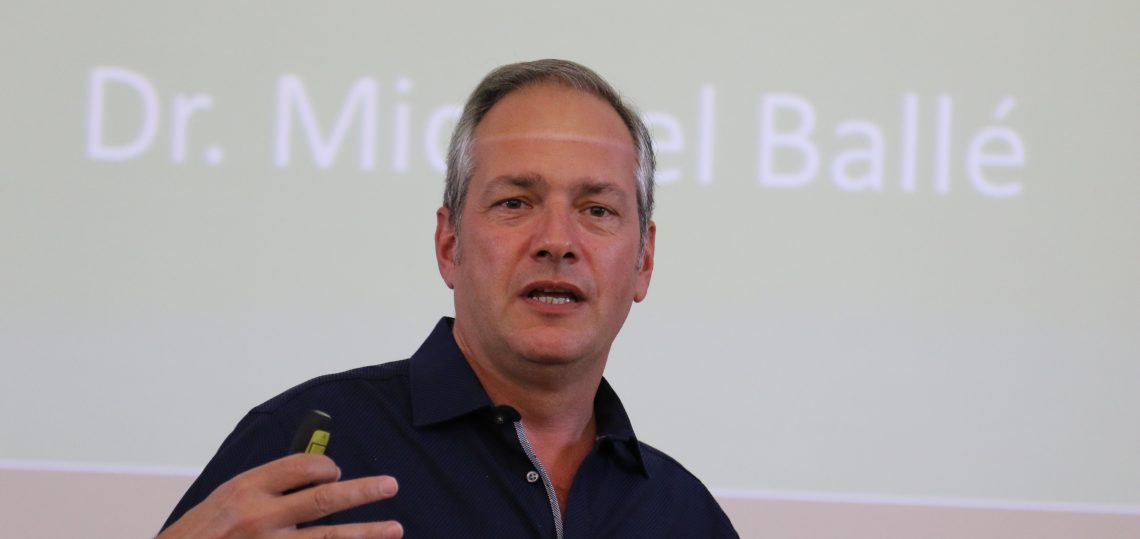by Andrea Furlan*
At the Lean Center of CUOA Business School, we have argued for quite some time that Lean is primarily a strategy based on continuous learning and not a set of principles, tools and techniques to support operational improvement. From this idea, we have developed with Michael Ballé, one of the world’s leading experts on Lean Strategy and Lean Leadership, and author of various books that have become best sellers in Lean literature, a two-day workshop (July 6-7 , 2017) for managers and leaders who want to improve the strategy of their organization, when markets are changing and products life cycles are shrinking.
One of Ballé’s latest works is a book titled “Lean strategy: using lean to create competitive advantage, unleash innovation and deliver sustainable growth” (written with Daniel Jones, Jacques Chaize and Orest Fiume). In this book, the authors develop a new model that takes the distance from traditional patterns by creating a new strategic framework that uses Lean as a competitive weapon to grow in a sustainable way, continuously innovating products and processes.
When a company develops a strategy, it must decide “what to do” and, most importantly, “what not to do”. A sustainable strategy is always in trade-off with other strategies: the company must have a clear understanding of what should be done and what SHOULD NOT be done because it is not compatible with its competitive identity. The “fast-food” strategy of McDonald’s is not consistent with the preparation of customized hamburgers for each customer: personalized sandwiches would require too long waiting times. The “self-service” strategy of IKEA does not provide furniture assembly service: customer service would increase the product cost. Zara‘s “fast fashion” strategy does not use high-end fashion designers: the fast introduction of new collections is more consistent with a follow-up approach than a trendsetter logic.
Strategy serves to define the boundaries of the company’s competitive action. Within these boundaries, the learning process “by experimenting” takes place. This process allows for the continuous adaptation of the company’s choices to market and technological dynamics. Nespresso has completely innovated the business of coffee production and distribution, through a clear strategic positioning. Despite this clarity of intent, over time, the company has continuously adapted its business model to exploit market opportunities and defend itself against external threats. For example, the company started distributing through its online website but, later, decided to broaden its distribution strategy by opening its “Nespresso stores” to strengthen the brand positioning. Other decisions, such as distribution through supermarkets, have been excluded because they are not in line with the company’s value proposition.
Therefore, strategy serves to delimit the space within which to experiment new ideas. This lesson is valid for both mature companies and start-ups. The contrast between strategy and ongoing experimentation is thus only apparent and, in fact, misleading. Companies need both clear strategic choices, resulting from a deliberate process of analysis, and agility, coming from the ongoing experimentation “in the gemba”. The “heart” of the business of the entrepreneur is precisely to find the right mix between these two opposing approaches.
On these bases lies the Lean Strategy model that, taking the distance from the traditional approach, defines a new way of formulating goals and plans, starting with two simple questions: are we solving the right (strategic) problems? Are we solving them without making wasteful decisions?
A Lean Strategy is based on four steps. First, finding the “right” strategic issues of the company, starting from the gemba (where value is created in the production context, in the market and in the extended supply chain) as the real place to learn these problems: it is the gemba that shows the problems that need to be solved (not some distant analyses produced by far away from the real world). By helping employees, customers and suppliers to solve everyday issues, a good leader must understand what are the underlying (structural and strategic) issues that the organization must tackle over the long term.
Second, developing the direction of long-term improvements that the organization must undertake to solve structural problems. In other words, the leader must determine what the company’s long-term challenges are and how the company intends to address these challenges.
Third, making the company’s long-term challenges comprehensible to everyone. Lean is based on the involvement and contribution of all and everyone must understand what challenges they are contributing to.michael ball
Fourth, forming new solutions through a continuous process of experimentation. Finally, a Lean Strategy is based on a new style of leadership based more on the formation of new leaders than of new followers (one of the major problems of our times!), on the engagement of people rather than on their productivity (the disengagement of people at work … another problem of our times!).
We will learn to develop this new framework with Michael Ballé during the two-day workshop “ Lean Strategy and Lean Leadership”, July 6-7 , 2017.
Don’t miss the opportunity!
* CUOA Lean Enterprise Center






